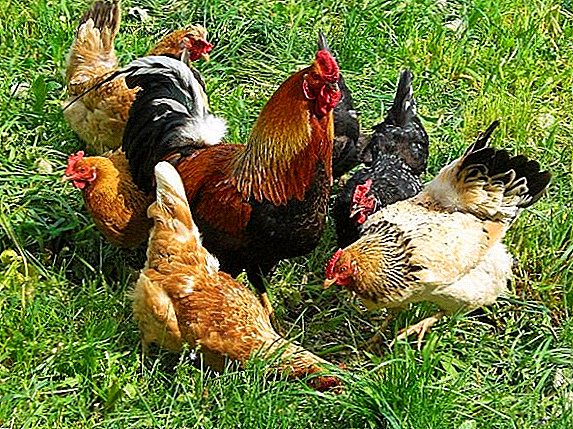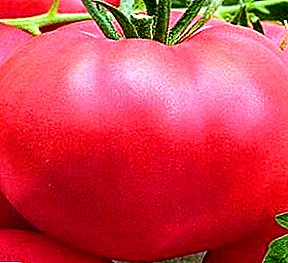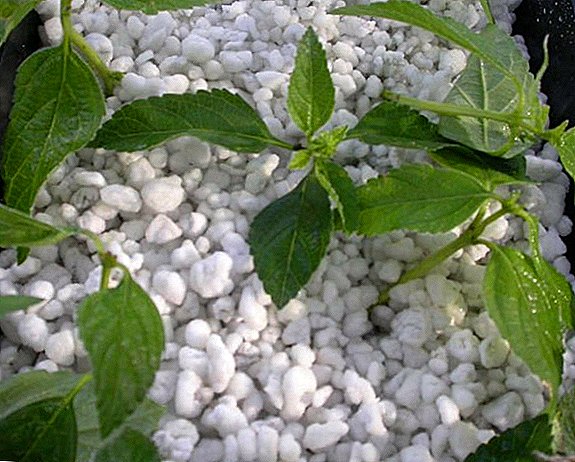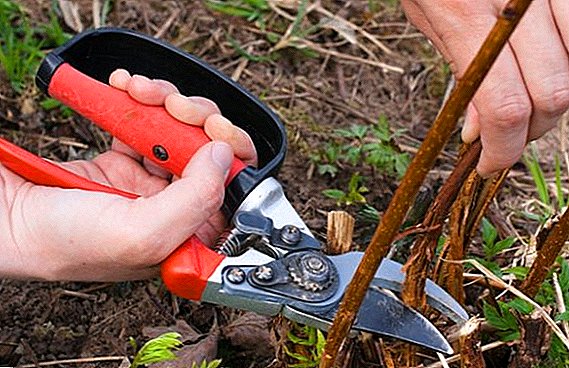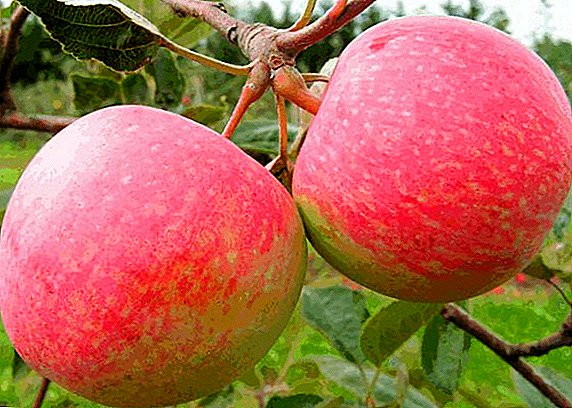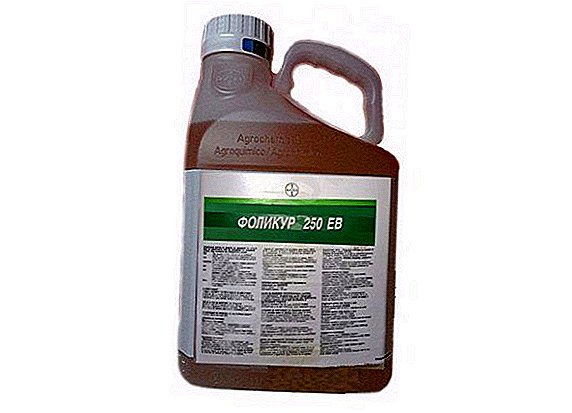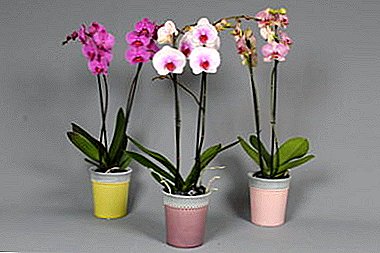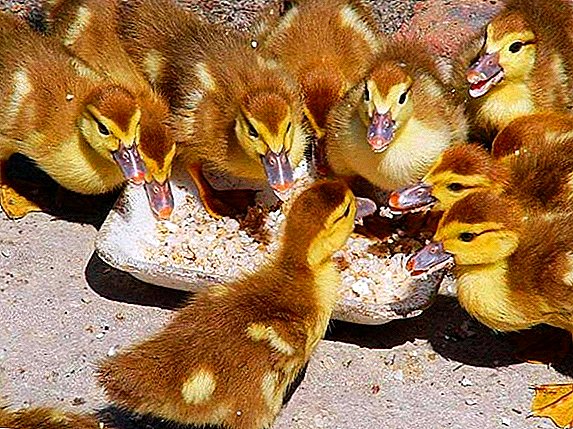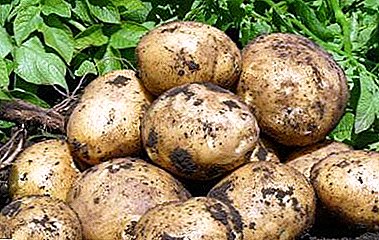
This valuable food crop in Russia is a very important food product. And if in the 18th century it was grown only in pharmaceutical gardens and botanical gardens, today it grows almost everywhere.
Nowadays, potatoes are grown everywhere in Russia: from the southern regions to the Arctic Circle, from the western borders to the Far East. However, its main arrays are located in temperate climatic regions of the country.
Naturally, in different climatic conditions different agricultural techniques are applied, biological features are taken into account, but the result is always achieved.
The necessary conditions
- The soil. Potatoes are very fond of loose, light, sandy soil rich in humus, and, moreover, open areas. Planting of predecessors has a very favorable effect on the crop: winter grain and leguminous crops. The soil is perfectly cleared of pests and pathogens, as well as enriched with nutrients.
- Illumination. The correct illumination is very important for the successful development of the plant; potatoes should be planted in well-lit, sunny areas. Nearby are undesirable trees and shrubs, as in their shadow yields will decrease dramatically.
- Humidity. Humidity requirements are quite large, one bush per season evaporates 60 - 70 liters of water. Most moisture is required during the budding of potatoes and in the period of growth of tubers. If moisture is not enough at this time, then, accordingly, the harvest will be significantly reduced.
- How to grow potatoes from seed?
- How to make a business plan for growing potatoes on an industrial scale?
- Where does the root vegetable come from and where is it most popular?
Russian specifics
In Russia, unlike other countries (where potatoes grow quite compactly), they are planted on plains and in mountainous terrain, in different climatic zones, at different latitudes. It grows in areas with long daylight hours and in hot, even arid climates (for example, in the North Caucasus). Because of this specificity, a large number of different technologies have been developed for growing, cleaning and storing this root crop.
Areas of vegetable cultivation
Where is the main part of the crop grown in Russia?
The bulk of potatoes are grown in the Central Black Earth region and in the Non-Chernozem zone. Very high results are achieved in the Voronezh, Kursk, Samara and Penza regions.
How are potatoes grown in certain regions?
Siberia
In Siberia, late spring frosts quite often occur, and in the autumn the temperature of the air starts to fall early, in July there is very strong heat, and in August there are always heavy rains that water the land heavily. Conditions in the north are far from ideal, but mid-early and early ripening varieties that are capable of producing a good crop have been developed especially for Siberia (see how to get a rich harvest of early potatoes here).
Cultivation methods
Planting potatoes in Siberia is possible only when the earth warms up to 8 degrees Celsius (15 cm deep), the earth should be necessarily light and loose.
IMPORTANT! Manure needs to be brought only under digging in the autumn, in the spring it cannot be done, as the potato may die. About a month before planting you need to get the roots from the basement to germinate.
There are three most common ways of planting potatoes in Siberia:
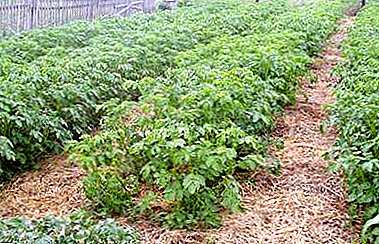 Single line - make smooth rows at a distance of about 60 - 70 cm, planted tubers 25 cm from each other. In such a sharp climate, the most optimal depth of landing is about 7 cm.
Single line - make smooth rows at a distance of about 60 - 70 cm, planted tubers 25 cm from each other. In such a sharp climate, the most optimal depth of landing is about 7 cm.- Tape - this method is mainly used on an industrial scale. The distance between the two furrows is left 30 cm, then the following ones are placed only after 110 cm. When the bushes are spudded with a tractor, nothing is damaged, this distance is precisely adjusted.
- Ridge - this option is used on the "heavy" wet soil. Its principle of the previous method, but differs in the height of the row, it is about 20 cm, it allows you to harvest 2 weeks earlier.
After planting, the ground should be mulched (leaf litter or straw) in a layer of about 15 to 30 cm.. Two weeks after the emergence of shoots it is necessary to carry out the first watering (about when to irrigate the potatoes, read here). The second watering will need to be done at the time when the budding stage begins and the soil dries out about 7 cm in depth.
Periodically, the soil is loosened to oxygen to the tubers, ideally you need to do this after each rain or watering. After the emergence of seedlings spud potatoes, then the second time it is done when the height of the bush is about 15 - 17 cm.
Periodically you need to put mulch from mowed grass or hay in the aislebecause in Siberia even June frosts are possible. As soon as the potato tops begin to dry, proceed to harvest. Early varieties ripen here by mid-August.
Details about the new, non-traditional ways of planting potatoes on the plot, you can find here.
Transbaikalia
The peculiarity of potato growing in this region is that they use a ridge planting for it, the tubers are buried about 10 cm deep. The Chinese method is also popular in Transbaikalia, the essence of which is that as the bush grows, the ground is constantly poured under the root (do not forget to fertilize).
Nizhny Novgorod Region
In the Nizhny Novgorod region is to use early varieties for planting potatoes, better germinated tubers.
Do not forget about fertilizer, hilling and weeding. Hurry is not worth it, it is better to do this in May, it should also be remembered that mulching (around the bush) is very beneficial for the development of the bush.
Moscow region
 The best varieties of potatoes for the Moscow region will be early and mid-early varieties, which can be planted in open ground at the end of spring frosts.
The best varieties of potatoes for the Moscow region will be early and mid-early varieties, which can be planted in open ground at the end of spring frosts.
According to folk omens, this time coincides with the flowering of bird cherry. In this region, loamy and sandy soil is well suited for potatoes.
The landing method is chosen here any, but most of all the popularity of the ridge method. Also, do not forget about fertilizers.
Conclusion
Summing up, we can confidently say that potato growing in Russia is very successful, and in different areas, very dissimilar to each other. With the tendency to reduce the area for planting, however, the yield increases due to the right technology. Gardeners are also constantly trying new methods of growing potatoes, experimenting and achieving excellent results.


 Single line - make smooth rows at a distance of about 60 - 70 cm, planted tubers 25 cm from each other. In such a sharp climate, the most optimal depth of landing is about 7 cm.
Single line - make smooth rows at a distance of about 60 - 70 cm, planted tubers 25 cm from each other. In such a sharp climate, the most optimal depth of landing is about 7 cm.